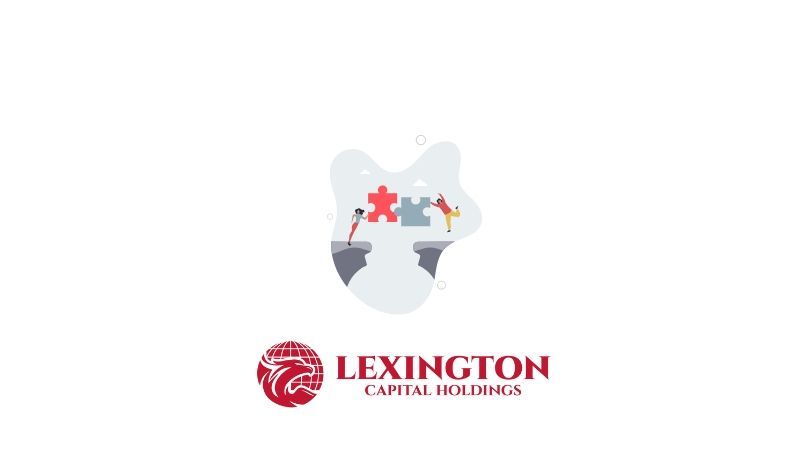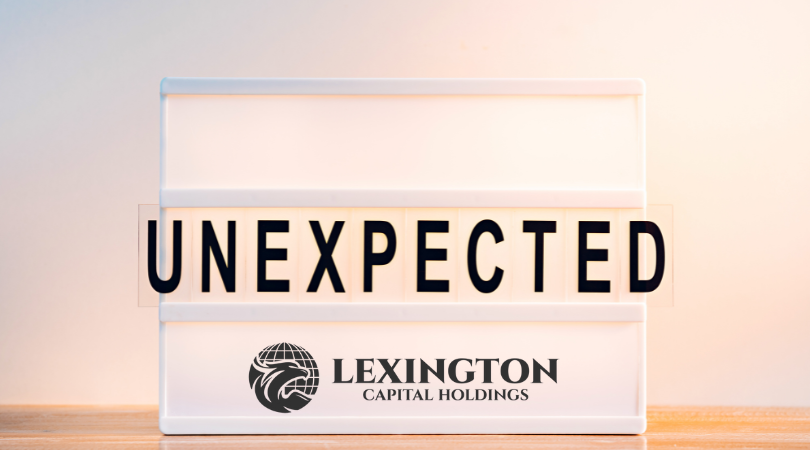Grow Smarter: Tapping into a Business Line of Credit
Grow Smarter: Tapping into a Business Line of Credit
When to Use a Business Line of Credit to Drive Growth
Running and growing a business often requires access to flexible and reliable funding. One of the most versatile tools in a business owner’s financial toolkit is a business line of credit. Unlike traditional loans, a line of credit provides ongoing access to funds up to a set limit, allowing you to borrow as needed and pay interest only on the amount you use. But when is the right time to leverage a business line of credit to drive growth? Let’s explore key scenarios where this financing option can make a meaningful impact.
1. Managing Seasonal Cash Flow Gaps
Many businesses experience fluctuations in revenue throughout the year. Retailers, for example, often see spikes during the holiday season but slower months in the off-season. Similarly, landscaping or construction companies may have seasonal lulls. A business line of credit can bridge the gap during these slower periods, ensuring you have the cash flow needed to cover payroll, purchase inventory, or handle operational expenses. This financial cushion allows you to maintain operations without missing a beat and positions your business for growth when demand picks up again.
2. Seizing Growth Opportunities
Sometimes, opportunities arise that require quick action—a chance to purchase discounted inventory, expand into a new market, or invest in new equipment. A business line of credit provides immediate access to funds, enabling you to act decisively. For example, if a supplier offers a bulk discount, you can take advantage of the deal without worrying about upfront capital. By capitalizing on these opportunities, you can fuel growth and gain a competitive edge in your industry.
3. Funding Marketing and Advertising Campaigns
Growth often requires reaching new customers, and marketing campaigns are an essential part of this strategy. Whether you’re investing in digital advertising, launching a new product, or attending industry trade shows, a business line of credit can help finance these initiatives. Since marketing efforts often have a delayed return on investment, having access to funds ensures you can execute your strategy without straining your budget.
4. Expanding Your Team
As your business grows, you may need to hire additional staff to keep up with demand. Whether you’re adding new sales representatives, customer service agents, or skilled workers, a business line of credit can cover hiring and training costs until the revenue generated by your expanded team offsets these expenses. This proactive approach allows you to scale efficiently while maintaining high levels of service and productivity.
5. Preparing for Unexpected Expenses
Unexpected costs can derail even the best-laid plans. Equipment breakdowns, supply chain disruptions, or unforeseen market changes can require immediate financial resources. A business line of credit acts as a safety net, providing quick access to cash to handle these surprises without jeopardizing your long-term goals. By having funds readily available, you can address challenges head-on and keep your growth trajectory intact.
6. Building Business Credit
Using a business line of credit responsibly can also help you build and improve your business credit score. Regularly borrowing and repaying funds on time demonstrates financial discipline, which can strengthen your ability to secure larger financing options in the future. As your business credit improves, you may qualify for better terms, higher limits, and additional opportunities to grow.
Conclusion
A business line of credit is more than just a financial safety net; it’s a strategic tool that can help drive growth when used effectively. From managing cash flow and seizing opportunities to funding marketing campaigns and expanding your team, the flexibility of a line of credit allows you to adapt to your business’s needs and take advantage of growth opportunities as they arise.
If you’re ready to explore how a business line of credit can help your business grow, Lexington Capital Holdings offers tailored solutions to fit your unique needs. Reach out today to learn more and secure the funding you need to take your business to the next level.

When you apply for business funding, your application goes through a critical stage—underwriting. This is where lenders evaluate risk and determine whether your business qualifies for financing, and under what terms. Understanding what underwriters look for can help you strengthen your application, avoid delays, and increase your approval odds.

Not every business enjoys a steady stream of income. For many companies—especially those in seasonal industries, contracting, or project-based work—revenue can shift dramatically from month to month. These ups and downs are normal, but they can make managing cash flow, payroll, and operating expenses challenging. At Lexington Capital Holdings, we understand that fluctuating revenue doesn’t mean instability—it just means you need the right financial tools to stay balanced and grow confidently.

The Challenge of Hyper-Growth For many startups, growth isn’t the problem—it’s managing it. Rapid scaling demands capital for hiring, marketing, technology, and operations. But too often, founders find themselves cash-strapped right when they need resources the most. Choosing the right financing strategy can be the difference between sustainable growth and burning out too soon.

When it comes to business financing, the terms you secure are just as important as the funding itself. Lower interest rates, flexible repayment schedules, and higher approval amounts can mean the difference between simply surviving and setting your business up to thrive. The good news? Business owners often have more negotiating power than they realize. At Lexington Capital Holdings, we’ve seen firsthand how preparation and strategy can help secure stronger terms. Here’s how you can do the same:

For many businesses, waiting on customer payments can feel like standing still when you’re ready to move forward. Delayed invoices, extended payment terms, or slow collections create cash flow gaps that make it harder to cover expenses, pay employees, or seize new opportunities. The truth is—even successful, profitable companies face this challenge. The key isn’t avoiding it, but managing it strategically with the right funding solutions

Securing business funding is a milestone—but the real impact comes from how you put that capital to work. Every dollar borrowed should fuel momentum, strengthen operations, and generate measurable returns. Unfortunately, too many businesses stop at “getting approved” and miss the chance to maximize their return on investment (ROI). At Lexington Capital Holdings, we believe funding isn’t just about access to capital—it’s about creating opportunity. Here’s how to ensure your financing delivers the highest ROI:

In today’s fast-paced business environment, standing out from the competition requires more than just great products and services—it takes strategy, timing, and smart financial decisions. One of the most overlooked tools in building and maintaining a competitive advantage is business financing. When leveraged correctly, financing doesn’t just help you “get by”; it can actually position your business to outpace competitors and capture new opportunities.

In business, surprises aren’t a matter of if—they’re a matter of when. Whether it’s a sudden equipment breakdown, an unexpected dip in sales, or a market shift that requires quick adaptation, unforeseen expenses can test even the most successful companies. The difference between thriving and struggling often comes down to how well you’ve prepared.

When most business owners hear the word debt, it sparks feelings of stress or risk. But here’s the truth—debt isn’t always a bad thing. In fact, when managed strategically, debt can become one of the most powerful tools to grow, stabilize, and scale your business. At Lexington Capital Holdings, we work with business owners every day who are navigating this very question: Is taking on debt the right move for me? Let’s break down the difference between “good” and “bad” debt so you can make informed financial decisions.

In today’s business world, financing options are everywhere—but choosing the right path can feel overwhelming. From traditional bank loans to alternative lending solutions, the fine print and fast-changing requirements often leave business owners spending more time deciphering funding terms than actually running their businesses. That’s where the value of a dedicated funding advisor truly shines. At Lexington Capital Holdings, we’ve seen firsthand how personalized guidance can transform the funding experience for business owners of all sizes.

